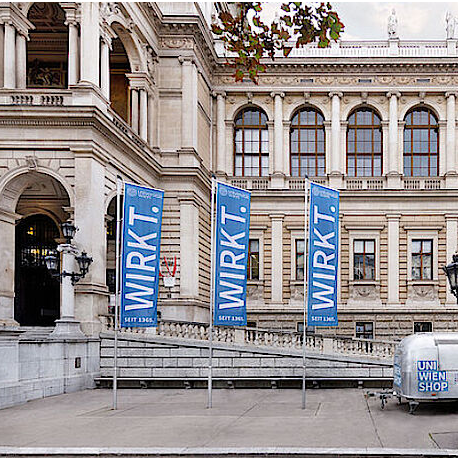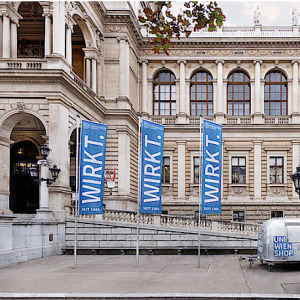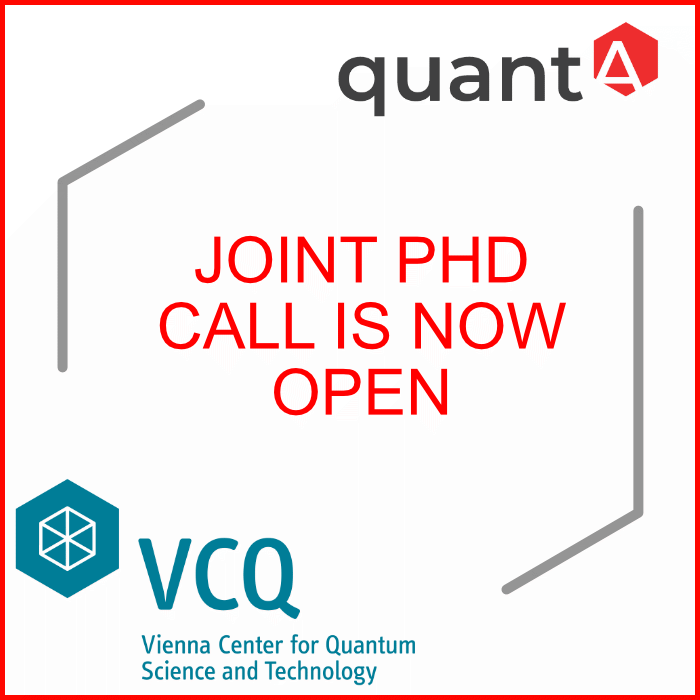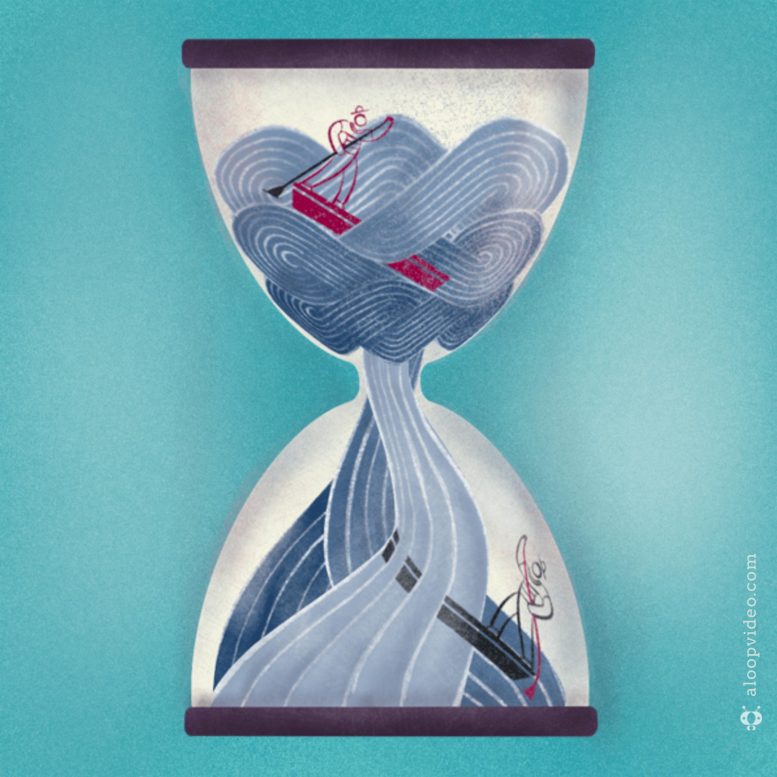The physicist Thomas Pichler and his international team will receive an ERC Synergy Grant of 14 million Euros to build a new electron nano-spectrometer at the University of Vienna, which combines microscopy with spectroscopy as a new key technology for materials analysis. With their 13 million Euros ERC Synergy Grant, the Viennese quantum physicist Markus Aspelmeyer and the team around Oriol Romero-Isart from Innsbruck want to explore the limits of the quantum world by positioning a solid-state object containing billions of atoms at two locations simultaneously for the first time.
“ERC grants enable leading-edge research and are an important indicator of the international competitiveness of a university. Thomas Pichler and Markus Aspelmeyer, members of the Faculty of Physics, have both been awarded a prestigious, highly remunerated ERC Synergy Grant for their outstanding research projects,” says Rector Heinz W. Engl.
MORE-TEM - a revolutionary research tool for materials science and technology
Nanomaterials are at the heart of innovation in basic science and technology, for instance to find energy solutions in the context of the European Green Deal. For their application, it is necessary to see the atomic structure of the nanomaterial as well as to determine its local properties. However, this is not feasible with any existing technology.
The ERC Synergy Grant MORE-TEM, led by Thomas Pichler of the University of Vienna, will now close this gap. For this purpose, a fundamentally new and worldwide unique electron nano-spectrometer will be realized in Vienna with the contribution of several international partners. The set-up can be imagined as a much smaller, cheaper, large-scale research facility downsized to a “table-top” version. This represents a breakthrough for the characterization of all nanomaterials, combining the advantages of electron microscopy with high-resolution spectroscopy in a unique nano-spectrometer.
“I am extremely pleased that the generous support of the ERC and the University of Vienna will now allow us to build this revolutionary scientific instrument with the possibilities of a large-scale research facility in Austria. I am convinced that this is a globally unique lighthouse project that will establish Europe as a world leader in the analysis of modern materials for science and technology for years to come”, explains Thomas Pichler.
The possible applications range from fundamental studies on the origin of quantum phase transitions such as superconductivity, the construction of nanoscale matter with atomistic control, the nanometer-resolved performance of nanoscale devices in-situ and in operando, to direct technological applications such as the improvement of battery electrodes of the widely used lithium-ion batteries. New measurement methods will also enable the direct structural analysis of individual biomolecules in liquid state, which is expected to lead to a breakthrough in biomedical studies.
MORE-TEM brings together complementary expertise from world-leading researchers and companies: coordinator Thomas Pichler from the University of Vienna is a renowned expert in electron spectroscopy and optical spectroscopy. The renowned scientist Kazu Suenaga from Japan is an expert in electron microscopy. Francesco Mauri from the University La Sapienza in Rome contributes to the project with his competence in theoretical ab-initio spectroscopy, and Max Haider from CEOS GmbH in Heidelberg, a pioneer in aberration correction recognized by the Wolf and Kavli prizes, with his unsurpassed expertise in electron optics.
MORE-TEM represents a real game changer in the analysis and optimization of nanoscale materials and devices. The fundamentally new and globally unique infrastructure thus provides an innovative approach pushing the application of nanotechnology in physics, materials science, (bio)chemistry and engineering to the next level.
Explore the limits of the quantum world
The superposition principle states that a single object can behave as if it were in several places at once. This behaviour is confirmed in milestone experiments: at the scale of elementary particles, atoms and even molecules containing thousands of atoms. But is this also true for the macroscopic domain, say for solid state objects visible to the naked eye? In answering this question, the Austrian-Swiss research team around Markus Aspelmeyer (University of Vienna), Oriol Romero-Isart (University of Innsbruck) with Lukas Novotny und Romain Quidant (ETH Zürich) now wants to take a big step forward.
Over the last years, the four researchers have developed new experimental and theoretical techniques to levitate and control such nanoparticles in the quantum regime in individual ERC projects. “We combine our know-how in fundamental science, nanotechnology and engineering to create a radical new approach to this question”, says experimental physicist Markus Aspelmeyer from the University of Vienna, who is also Scientific Director at the IQOQI Vienna (Austrian Academy of Science). In a joint effort, they will study the nanoparticles in a high vacuum, its center-of-mass motion cooled down to near absolute zero and levitating in a combination of optical, electric, and magnetic fields.
- MORE INFORMATION
